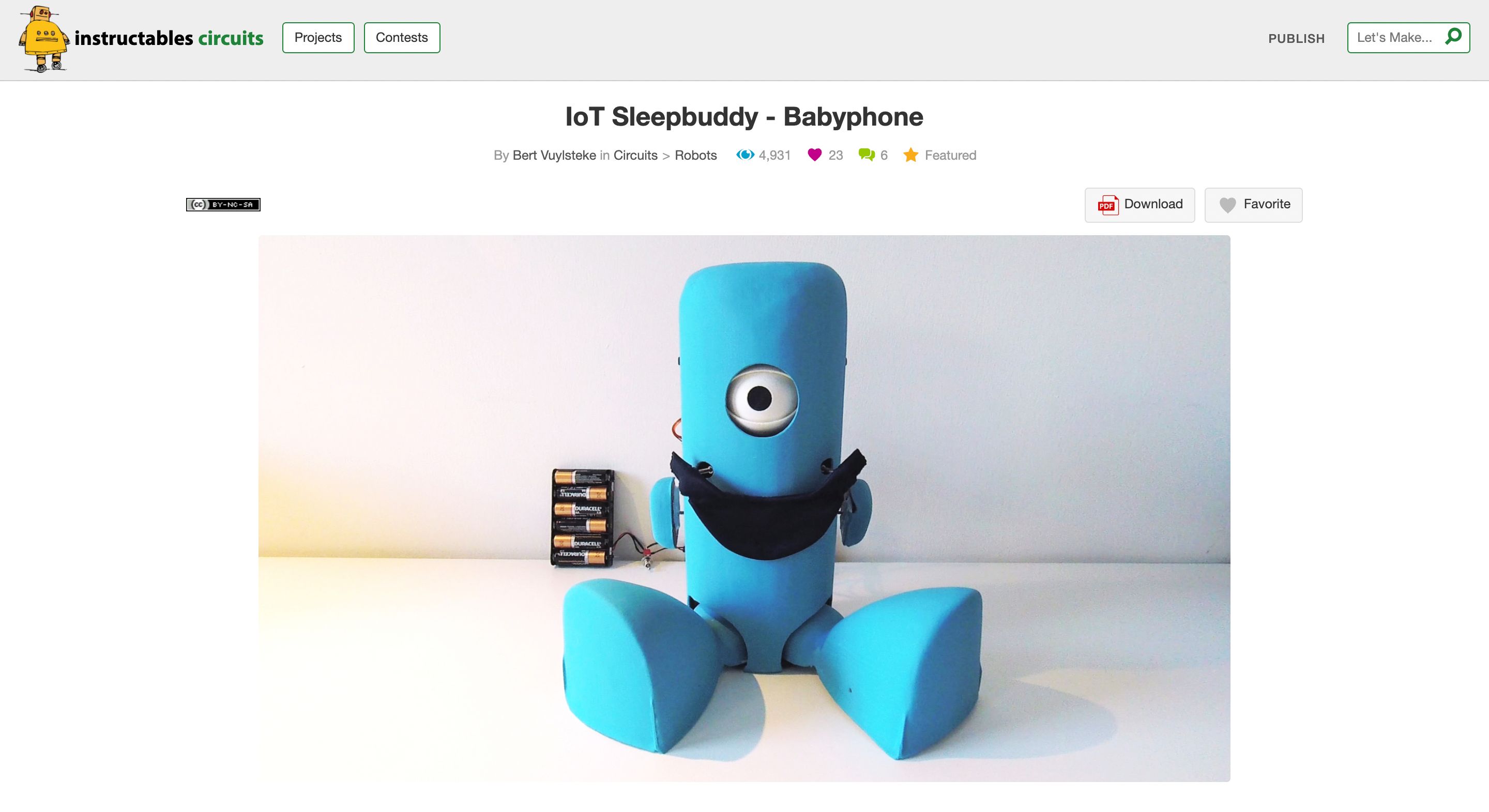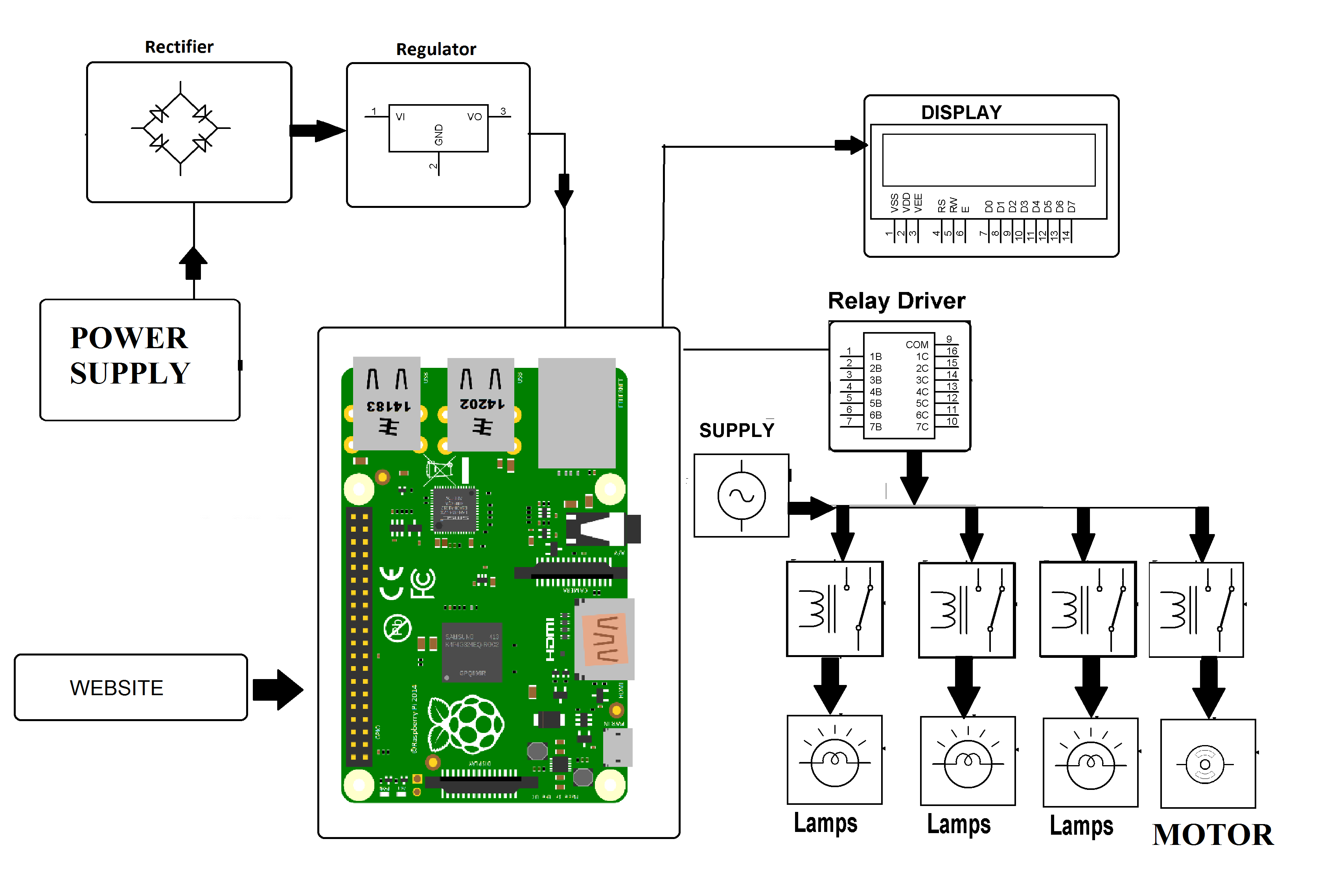Revolutionize Your Projects With Raspberry Pi IoT Cloud Server Free
Imagine having the power to create your own IoT cloud server using just a Raspberry Pi, without spending a dime on expensive hosting services. Sounds too good to be true? Well, buckle up because this is not only possible but also surprisingly easy to achieve. In this article, we'll dive deep into how you can transform your Raspberry Pi into a powerful IoT cloud server for free, opening doors to endless possibilities for your projects.
Whether you're a tech enthusiast, hobbyist, or someone looking to dip their toes into the world of IoT, this guide will provide you with everything you need to know. We'll walk you through the process step by step, ensuring that even beginners can follow along without getting lost in tech jargon. Trust me, by the end of this, you'll feel like a pro!
Now, before we get into the nitty-gritty, let's take a moment to appreciate why setting up a Raspberry Pi IoT cloud server free is such a big deal. Picture this: you're building a smart home system, automating your garden irrigation, or even monitoring your pet remotely. All these projects require reliable communication between devices, and having your own cloud server ensures seamless connectivity without relying on third-party platforms. So, are you ready to embark on this exciting journey?
- Ramen Disease What You Need To Know Prevention Tips
- Chance Combs The Rising Star Diddys Daughter Her Story
What is Raspberry Pi IoT Cloud Server Free?
Let's start with the basics. A Raspberry Pi IoT cloud server free refers to using a Raspberry Pi as a dedicated server for managing IoT devices without the need for paid hosting services. This setup allows you to store, process, and exchange data between connected devices in your network. The beauty of it lies in its simplicity and affordability, making it an ideal choice for both personal and small-scale projects.
Think of it as your personal little powerhouse that runs on open-source software and hardware. With just a few tweaks and configurations, you can turn your Raspberry Pi into a fully functional server capable of handling multiple IoT tasks simultaneously. And the best part? You don't have to break the bank to do it!
Why Choose Raspberry Pi for IoT Projects?
There are several reasons why Raspberry Pi has become the go-to choice for IoT enthusiasts:
- Pam Dawber The Untold Story Her Best Moments Amp More
- Unveiling No Te Duermas Morena Origins Meaning Todays Impact
- Cost-Effective: Raspberry Pi boards are incredibly affordable compared to traditional servers.
- Compact Size: Its small form factor makes it perfect for embedding in various projects.
- Energy Efficient: Raspberry Pi consumes significantly less power, making it ideal for long-term use.
- Versatile: It supports a wide range of operating systems and programming languages, giving you flexibility in development.
- Community Support: A vast community of developers and makers provides endless resources and tutorials.
Setting Up Your Raspberry Pi IoT Cloud Server Free
Now that you understand the basics, let's dive into the setup process. Here's a step-by-step guide to help you get started:
Step 1: Gather Your Tools
Before you begin, make sure you have the following:
- Raspberry Pi board (preferably Raspberry Pi 4 for better performance)
- MicroSD card with at least 16GB capacity
- Power supply compatible with your Raspberry Pi model
- Network connection (Wi-Fi or Ethernet)
- External storage (optional, for additional data storage)
Step 2: Install the Operating System
The first step is to install an operating system on your Raspberry Pi. For IoT projects, popular choices include Raspbian, Ubuntu Server, or specialized distros like Hypriot OS. Download the image file from the official website and use a tool like Etcher to flash it onto your MicroSD card.
Step 3: Configure Your Network
Once the OS is installed, connect your Raspberry Pi to your network. If you're using Wi-Fi, configure the connection details in the OS settings. For Ethernet, simply plug in the cable, and you're good to go. Ensure that your Raspberry Pi has a static IP address to avoid connectivity issues later.
Step 4: Install Necessary Software
Depending on your project requirements, you may need to install additional software. For instance, if you're building a web server, Apache or Nginx would be suitable. For database management, consider using MySQL or PostgreSQL. Don't forget to secure your server by installing firewalls and enabling SSH access.
Benefits of Using Raspberry Pi as an IoT Cloud Server
Here are some compelling reasons why using Raspberry Pi as an IoT cloud server is a smart choice:
- Scalability: Start small and scale up as your project grows without worrying about expensive upgrades.
- Customization: Tailor your server to meet specific project needs, ensuring optimal performance.
- Learning Opportunity: Gain hands-on experience in server management and IoT development.
- Ownership: Maintain full control over your data and infrastructure, enhancing privacy and security.
Common Challenges and Solutions
While setting up a Raspberry Pi IoT cloud server free is relatively straightforward, you may encounter a few challenges along the way. Here are some common issues and how to address them:
Challenge 1: Limited Storage
Solution: Use external USB drives or network-attached storage (NAS) devices to expand your storage capacity.
Challenge 2: Security Risks
Solution: Implement strong passwords, enable two-factor authentication, and regularly update your software to protect against potential threats.
Challenge 3: Performance Bottlenecks
Solution: Optimize your server settings, allocate resources efficiently, and consider upgrading to a more powerful Raspberry Pi model if needed.
Real-World Applications
The possibilities with Raspberry Pi IoT cloud server free are endless. Here are a few practical applications to inspire your next project:
- Smart Home Automation: Control lights, thermostats, and security systems remotely.
- Environmental Monitoring: Track temperature, humidity, and air quality in real-time.
- Agriculture Solutions: Automate irrigation systems and monitor soil conditions.
- Healthcare Devices: Develop wearable tech for monitoring vital signs.
Security Best Practices
Security should always be a top priority when setting up any server. Here are some best practices to keep your Raspberry Pi IoT cloud server safe:
- Use strong, unique passwords for all accounts.
- Enable firewalls and configure them to block unauthorized access.
- Regularly update your OS and installed software to patch vulnerabilities.
- Limit SSH access to trusted IP addresses.
- Encrypt sensitive data both in transit and at rest.
Future Trends in Raspberry Pi IoT Cloud Server
As technology continues to evolve, so does the potential of Raspberry Pi in IoT applications. Some upcoming trends to watch out for include:
- Increased integration with AI and machine learning capabilities.
- Enhanced support for edge computing to reduce latency.
- More robust security features to safeguard against cyber threats.
- Improved hardware specifications for better performance.
Resources and References
Here are some valuable resources to further enhance your knowledge and skills:
- Raspberry Pi Official Documentation: https://www.raspberrypi.org/documentation/
- Adafruit Learning System: https://learn.adafruit.com/
- GitHub Repositories: Explore open-source projects and tutorials.
- Online Forums: Join communities like Reddit's r/RaspberryPi for peer support.
Conclusion
In summary, setting up a Raspberry Pi IoT cloud server free is a fantastic way to explore the world of IoT and unleash your creativity. By following the steps outlined in this guide, you can create a robust server tailored to your specific needs. Remember to prioritize security and stay updated with the latest trends to maximize the potential of your setup.
Now it's your turn! Take what you've learned and start building your own Raspberry Pi IoT cloud server. Share your experiences in the comments below, and don't forget to check out our other articles for more exciting tech tips and tricks. Happy tinkering!
Table of Contents
- What is Raspberry Pi IoT Cloud Server Free?
- Why Choose Raspberry Pi for IoT Projects?
- Setting Up Your Raspberry Pi IoT Cloud Server Free
- Benefits of Using Raspberry Pi as an IoT Cloud Server
- Common Challenges and Solutions
- Real-World Applications
- Security Best Practices
- Future Trends in Raspberry Pi IoT Cloud Server
- Resources and References
- Conclusion
- Alert Fda Ramen Noodle Recall 2024 What You Must Know
- Alert What You Need To Know About The Fda Ramen Recall Now

Build your own cloud on a Raspberry Pi in one hour Slowmin

The 10 Best Raspberry Pi IoT Projects

IOT Industry Automation Using Raspberry Pi